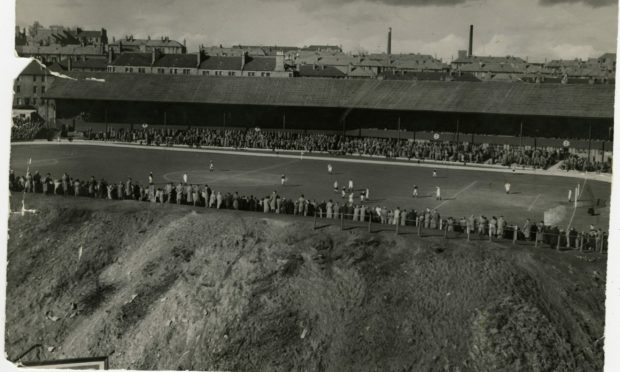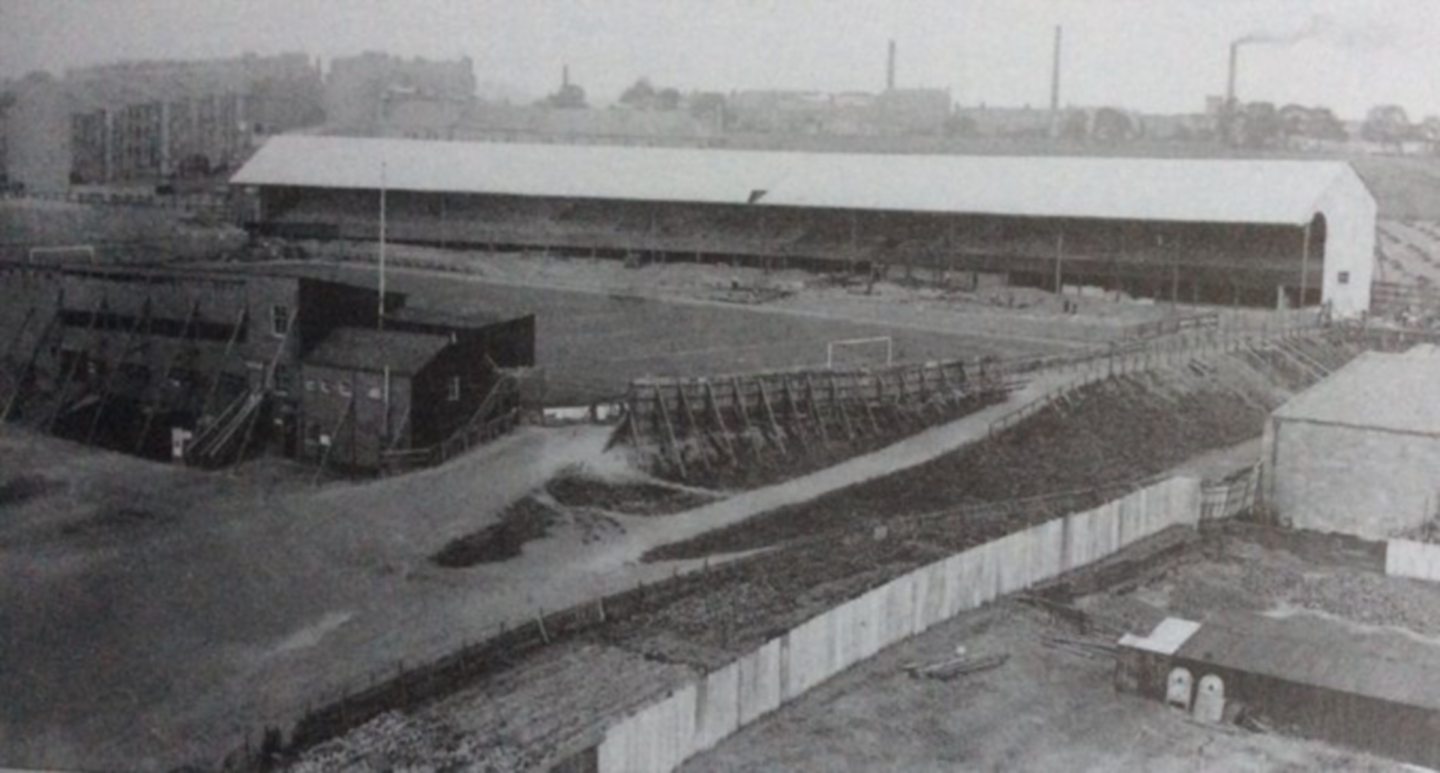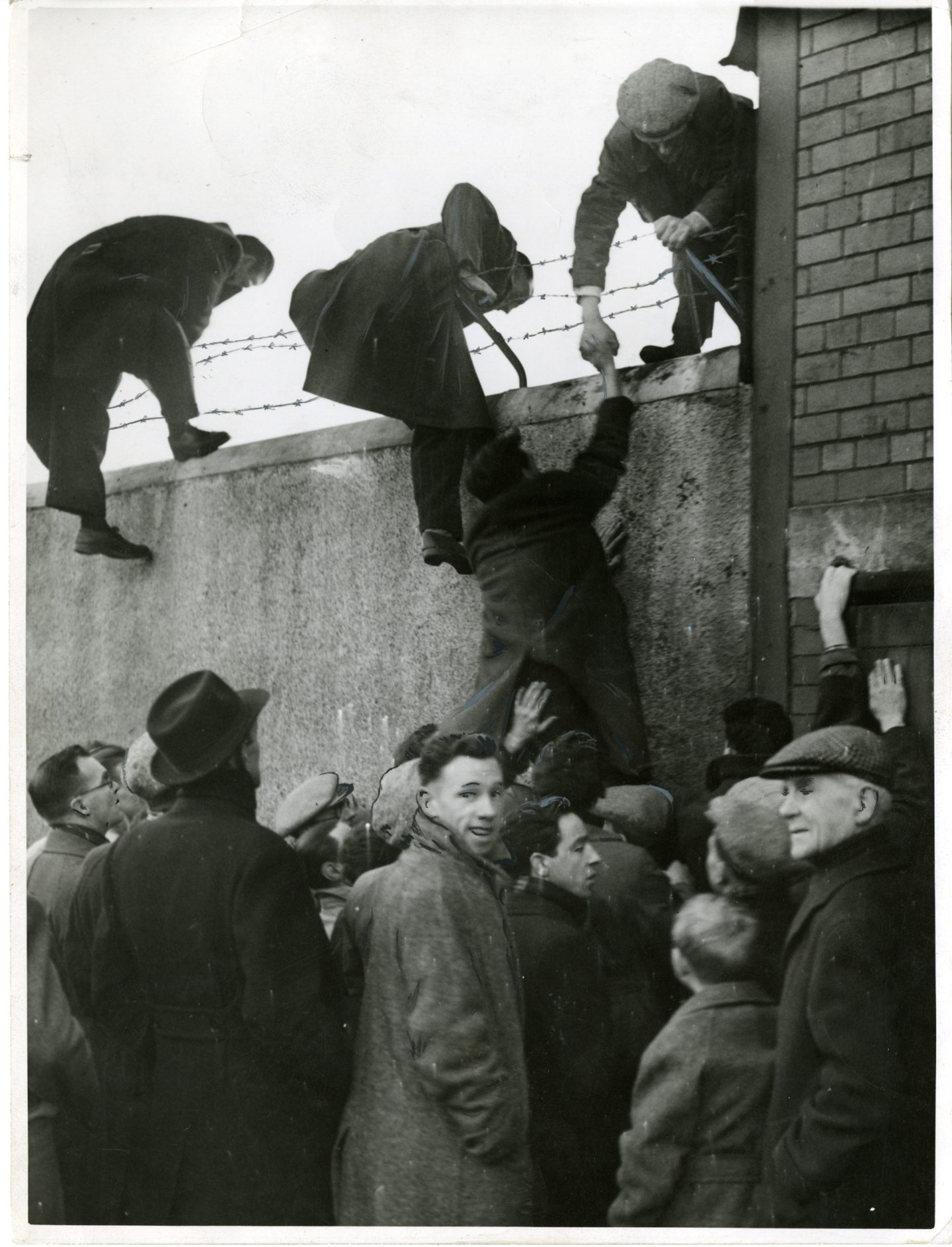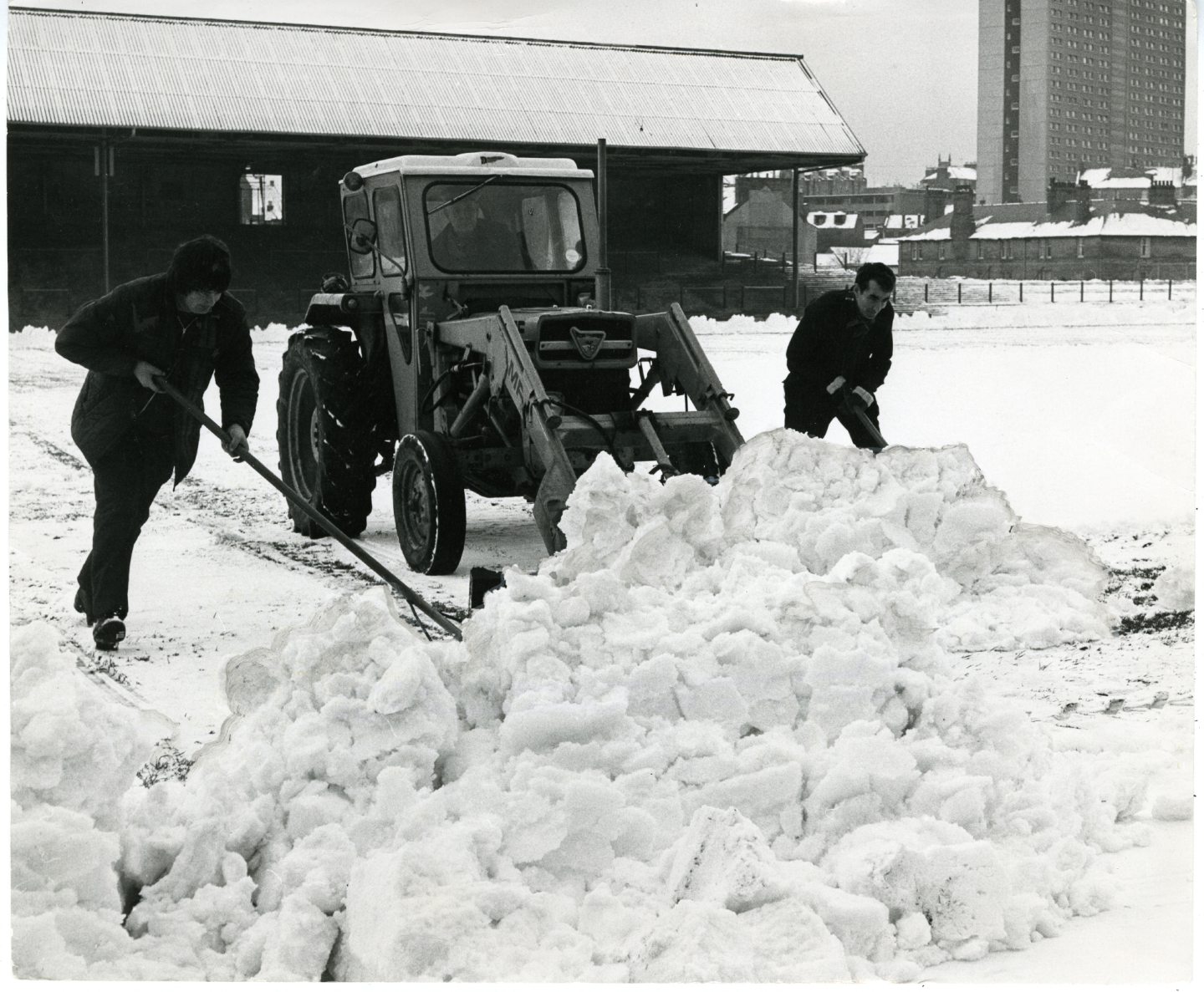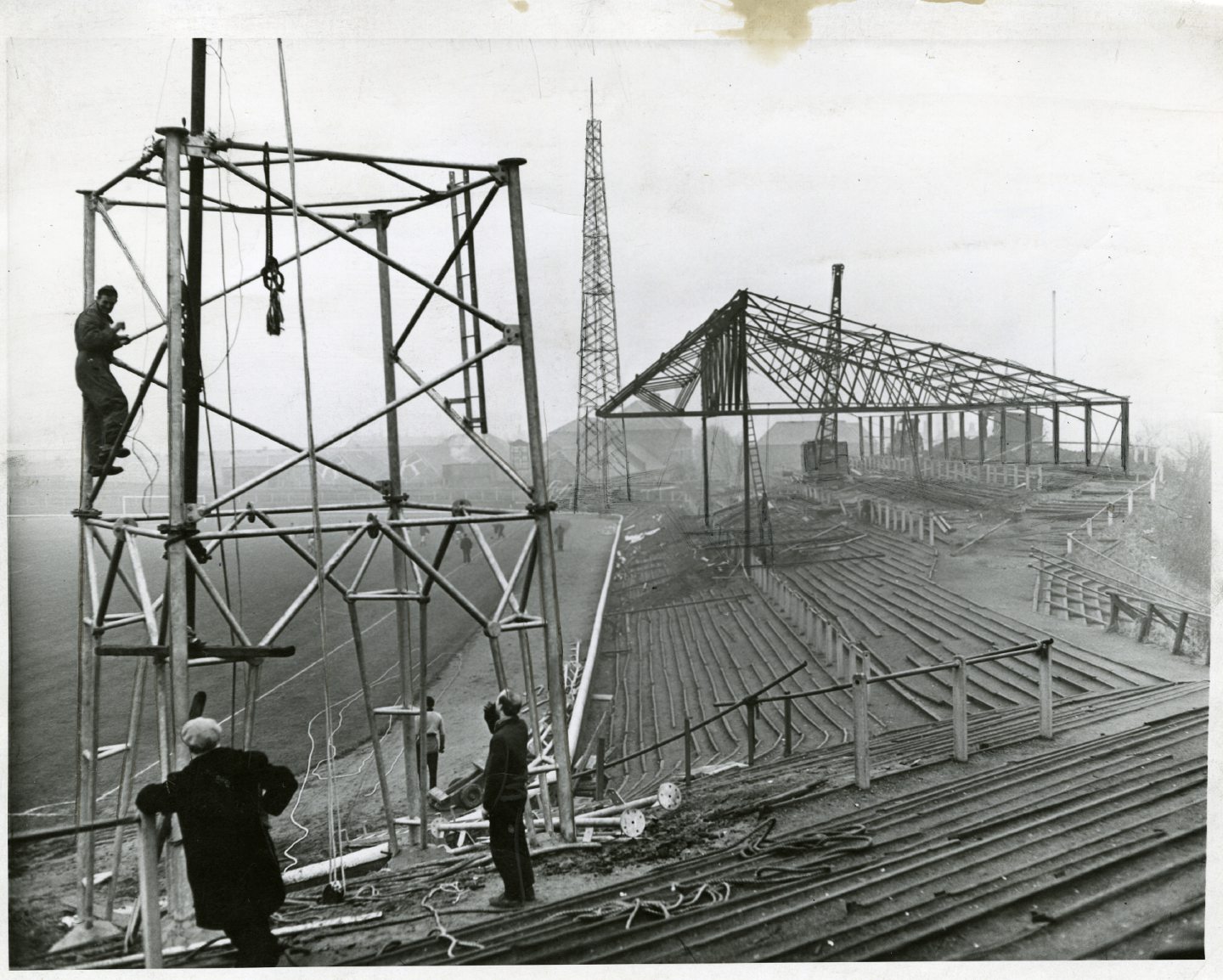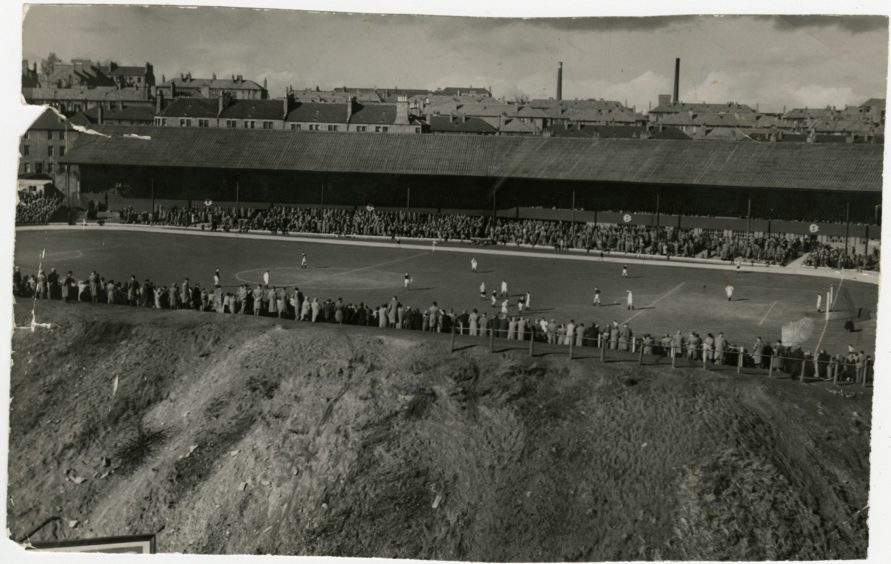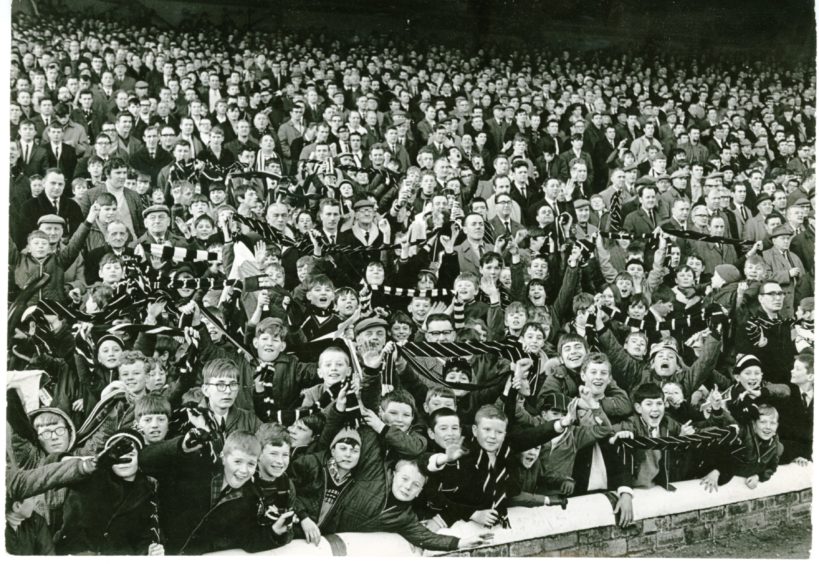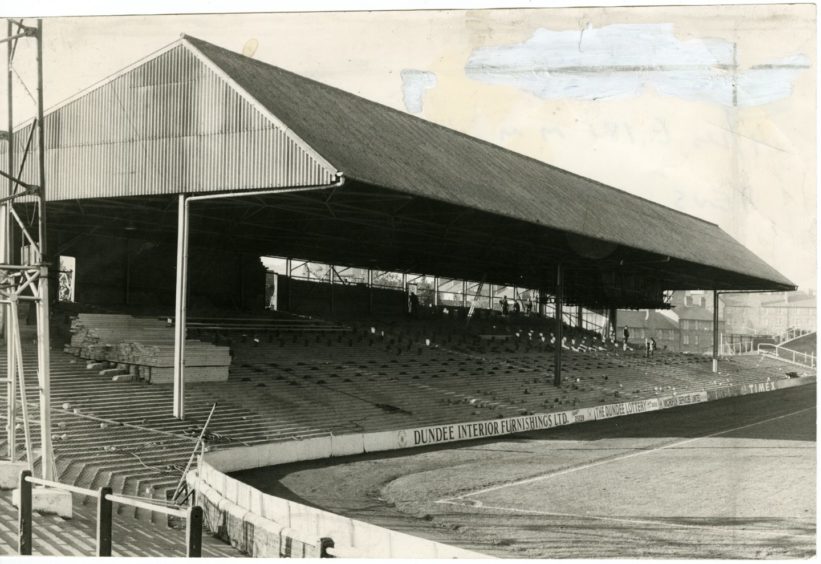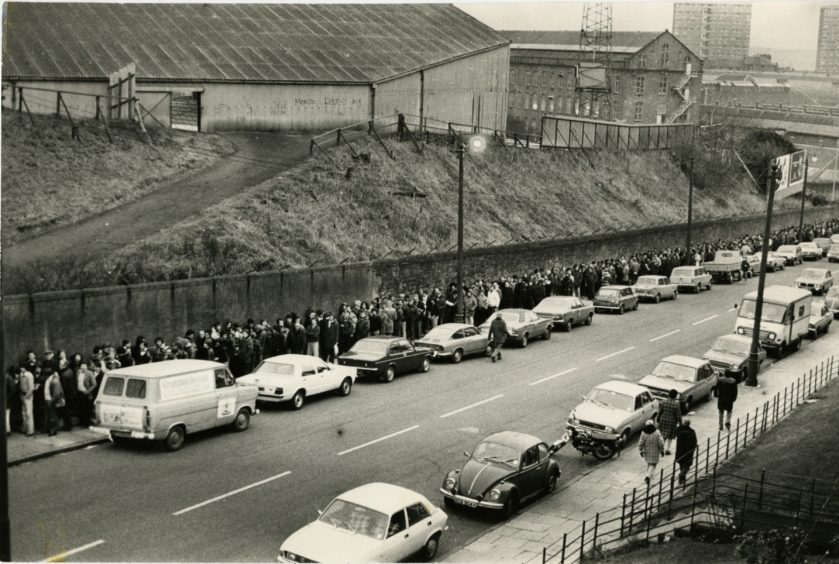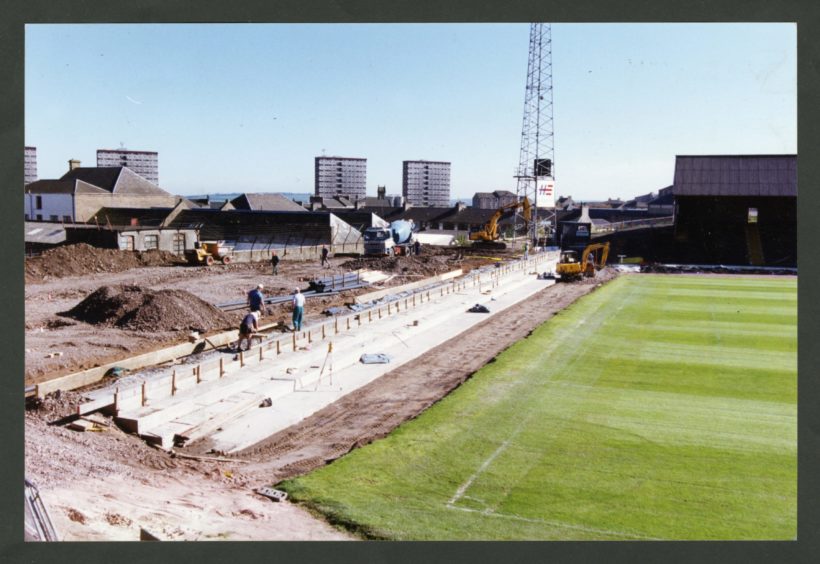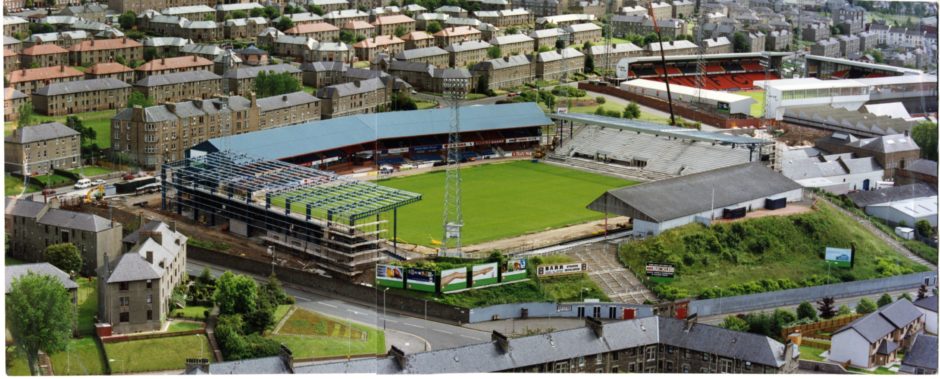It has seen glorious triumph and stinging defeat while greats such as Alan Gilzean, Bob Shankly and Claudio Caniggia have graced the Dens Park pitch during the 120-year life of Dundee Football Club.
On August 19 1899 the Dark Blues unveiled their new stadium on Dens Road, just 12 months after the club’s near-liquidation the previous year.
Since then the ground has hosted a European Cup semi-final between the Dark Blues and AC Milan, internationals between Scotland and Wales, in 1904, 1908 and 1936, as well as two League Cup Finals, in 1979 and 1980.
In 1893 local clubs Our Boys and East End amalgamated to form the then-named Dundee Football and Athletic Club, who played their first match at West Craigie Park against Glasgow Rangers on August 12 of the same year.
By the end of their debut season, Dundee had moved to a new ground at the city docks, at Carolina Port, where the Dark Blues played until 1898.
It was at this point that the club was set to be liquidated with debts of £400 following poor gate sales and heavy expenditure on high-profile players in the previous season, the majority of whom left after a dispute over wages and a match against Celtic being called off.
As the site at Carolina Port was being taken over by dock work, a new committee was formed with Bailie John Robertson as president, who put together a strategy to increase attendances by relocating to a new ground.
It would be a plan that would pay off.
Gussie Park was considered before the committee settled on leasing some land alongside Provost Road and Dens Road.
It was a steeply sloping bit of land but Robertson remarked the creation of the ground had been by “putting stout hearts to a stiff brae”, while the stand at Carolina Port was dismantled and rebuilt on the south side of the new pitch.
On August 19 1899 10,000 spectators gathered at Dens Park for the very first game with £217-3s-6d – around £28,000 today – taken at the gate.
President Robertson kicked off for the visiting Edinburgh side St Bernard’s with Dundonian Fred McDiarmid making history by scoring Dundee’s first goal at Dens Park in what would finish a 1-1 draw.
The main stand wouldn’t be erected for another 22 years with Archibald Leitch – whose other works include Old Trafford, Anfield, Hampden and Ibrox – designing the stand, which featured a ‘bend’ in the middle intended to help ensure a great view from the middle or the ends of the stands.
Dens Park currently has a capacity of 11,850; however, before health and safety regulations were strictly enforced triple this number would often be seen at games.
Indeed, a record 43,024 fans crammed into the stadium to see a Scottish Cup second-round tie between the Dark Blues and Rangers that the Glasgow won 2-0 in 1953.
The massive crowds would return in the early ’60s as the most successful Dundee team of all time celebrated their league success in 1962 with a European adventure.
Twenty-five thousand people saw a Gilzean hat-trick as Bob Shankly’s Dark Blues thumped FC Cologne 8-1; 32,000 saw another treble from Gilzean in a 4-1 victory over Sporting Lisbon and then just under 40,000 were there to see Alan Cousin and Gordon Smith see off Belgians Anderlecht in the quarter-final.
It wouldn’t be until the Ibrox disaster of 1971, which saw a number of new regulations brought into place, that the days of huge crowds were over.
Bench seats were installed and the stadium’s capacity was reduced to 31,000.
Further improvements in fan safety saw the capacity being limited even further during the ’70s.
Some 24,446 packed out the new-look Dens Park in December 1980 as the eyes of the entire country were focused on the City of Discovery.
For the second time in two years, the Scottish League Cup would be decided at Dens but this time it would be an all-Dundee affair with the Dark Blues playing their rivals Dundee United following United’s win over Aberdeen in what was a replay of the 1979-80 final.
The Tangerines were back to defend their trophy with former Dark Blues inside forward Jim McLean, who turned out 120 times for the club, in charge of United and leading them to glory.
The stadium would remain largely the same until the late ’90s when promotion to the top flight in 1998 became dependant on the redevelopment of Dens Park.
Two near-identical stands, the Bobby Cox and Bob Shankly, were erected in just 82 days, allowing the stadium to comply with the SPFL’s required seating capacity and creating a Dens Park that more closely resembles the stadium we are familiar with today.
In 2016 club owners John Nelms and Tim Keyes were reported to have bought land in the Camperdown area with plans for the land to be developed in a new stadium for the club due to the increasing maintenance costs of Dens Park.
Documents related to the proposed new stadium were submitted in August 2017, ahead of a formal planning application, with Nelms revealing in May this year the club had appointed a project manager to take plans for a new ground forward.
Although plans for the ‘New Campy’ stadium, as nicknamed by fans, appear to be nearing fruition, Dens Park remains home to the Dark Blues for now and is now welcoming fans once more following the easing of coronavirus regulations.
